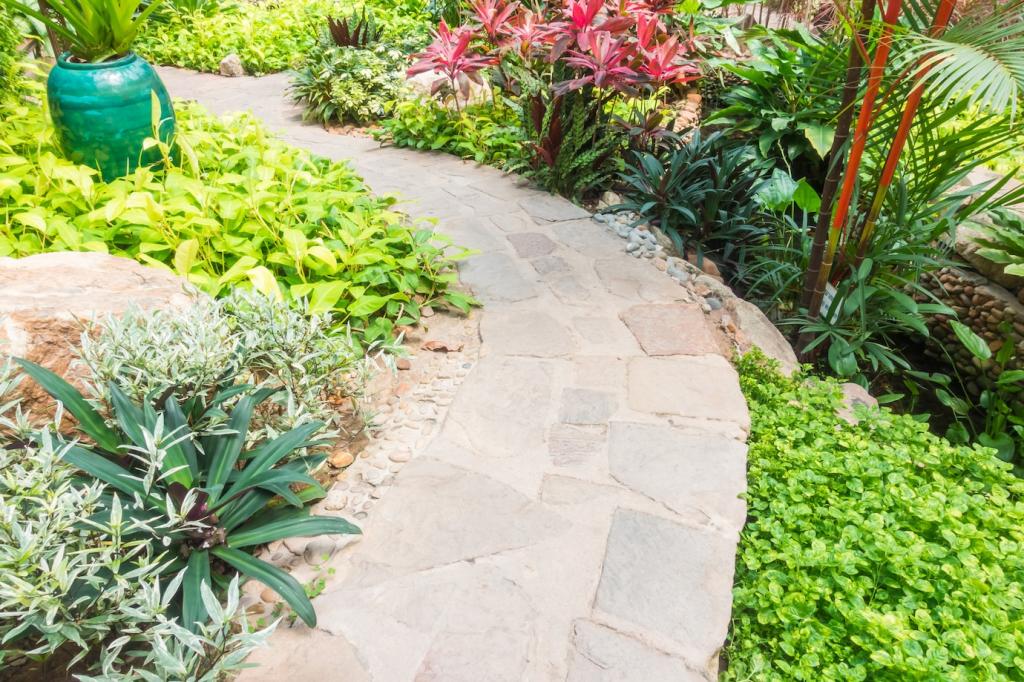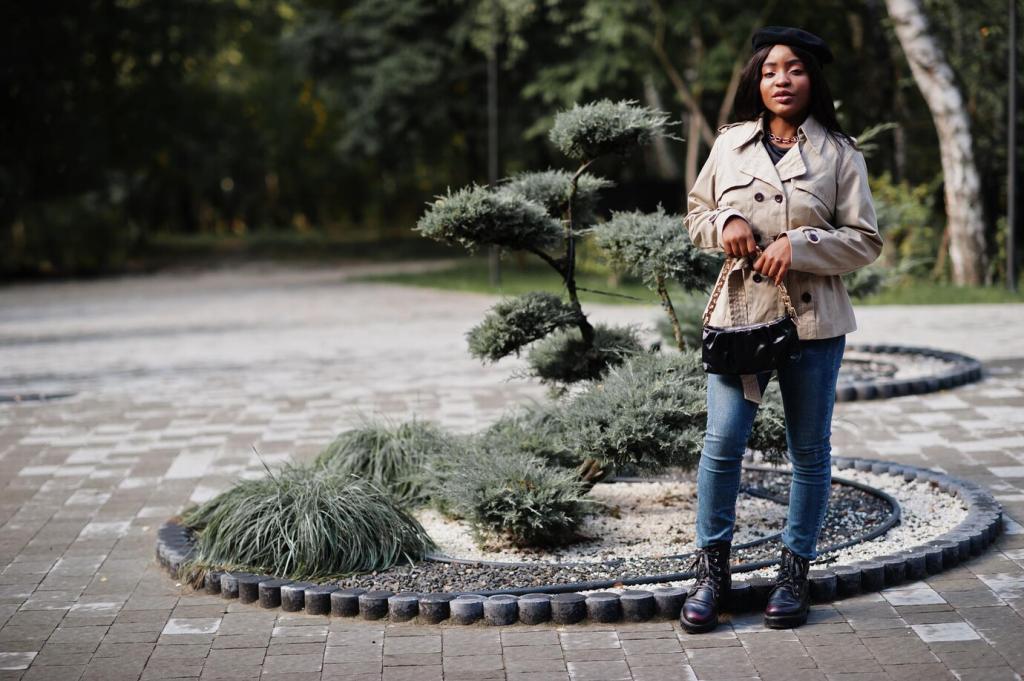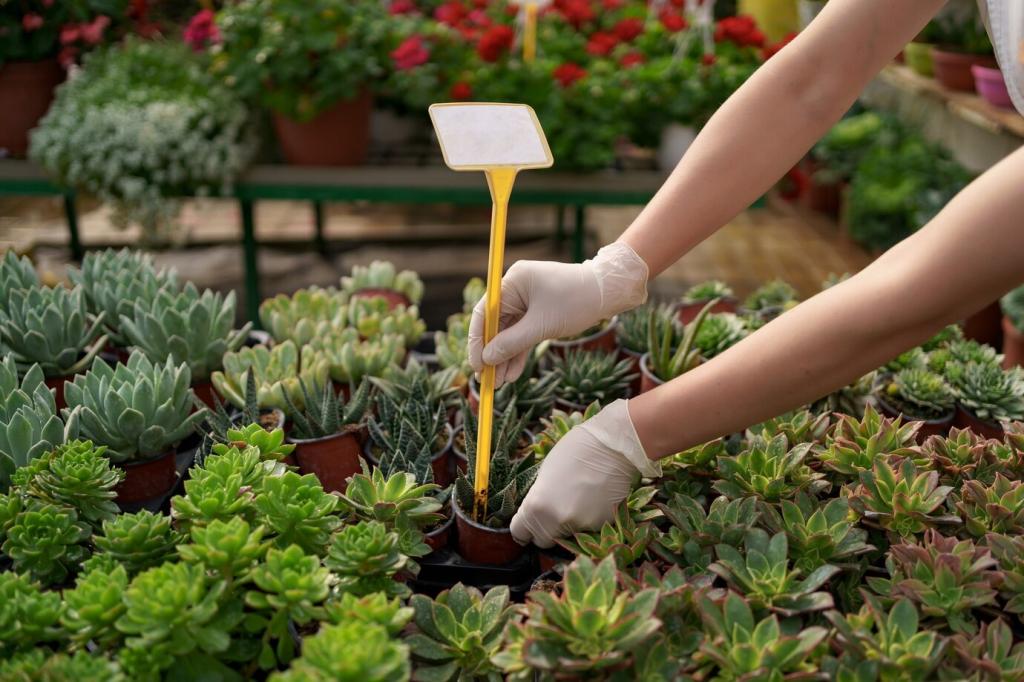Designing With Soil in Mind
Mediterranean herbs adore sandy, free-draining beds; moisture-loving ferns and irises prefer richer, damp soils. Read your site, then choose species that thrive in its reality. The right fit reduces watering, fertilizing, and disappointment while showcasing effortless vigor.
Designing With Soil in Mind
Local natives coevolved with your region’s soils and climate. Their roots foster beneficial fungi and stabilize slopes. Mixing natives with compatible ornamentals creates layered beauty that’s resilient, pollinator-friendly, and far less dependent on inputs like fertilizer, irrigation, and constant intervention.









